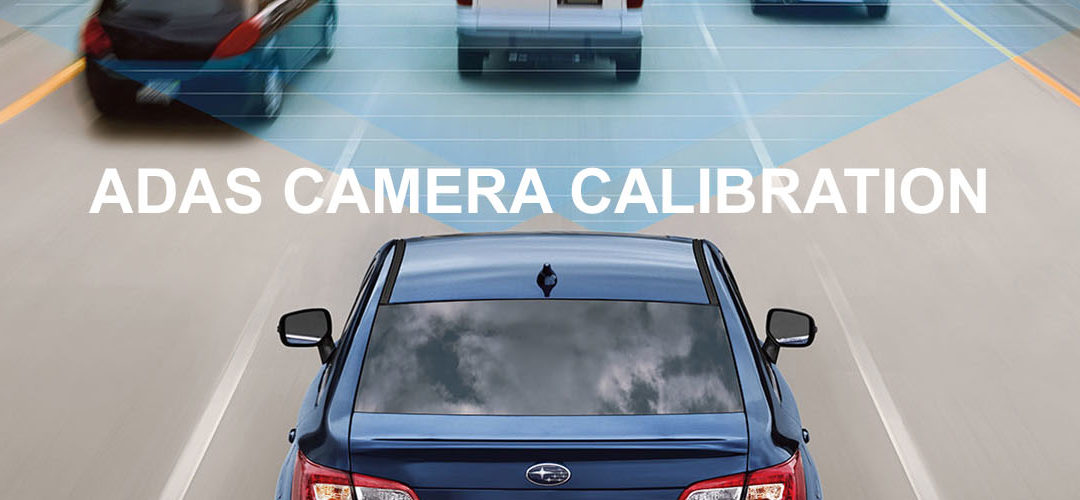What are vehicle ADAS – Advanced Driver Assistance Systems?
Millions of people in the United States are injured in automotive accidents every year, and there are over 30,000 accident related fatalities annually. ADAS and automonous technology is designed to greatly reduce those statistics, proven to improve highway safety and help to prevent accidents.
Monitoring ADAS uses cameras and sensors to observe and assess whether it should react. Warning systems will alert the drivers of an issue that might risk them or another vehicle. Automated systems will take over certain functions from the driver and perform them itself if it feels it necessary. Adaptive ADAS systems will change and make decisions based on the input that the computer receives from the cameras and sensors mounted on your vehicle.
There is a broad spectrum of features that ADAS technology can provide for driver and vehicle: these features can include collision avoidance, rain-sensing wipers, proximity monitors and drowsiness detection.
The primary front-facing systems that can be affected by windshield replacement and damage are the camera sensors responsible for adaptive cruise control, ABS emergency braking, lane departure warnings, traffic sign recognition, and cross traffic alerts. Some vehicles are now equipped with 360-degree cameras for more complete surround view capabilities.
There are radar sensors installed most commonly behind the grill that aid in collision avoidance and ABS brakes, as well as judging the most accurate distance of the vehicle from objects, for features like pedestrial detection and Park Assist. Steering Angle Sensors affect Lane Departure Warning, Lane Keeping Warning, and Automatic Headlights.
Some vehicles have Ultrasonic Sensors for Park Assist and Self-Park Systems, such as autonomous or Self-Driving cars. These are often also supplementary cameras in Blind Spot Detection.
Major companies such as NVIDIA are getting involved in ADAS technology, supercharging these safety systems to be able to discern emergency vehicles, identify road signs, and identify parked cars versus cars ready to pull-out. These mini cameras are incredibly powerful, capable of seeing five times better than drivers in dark conditions and at a night.

